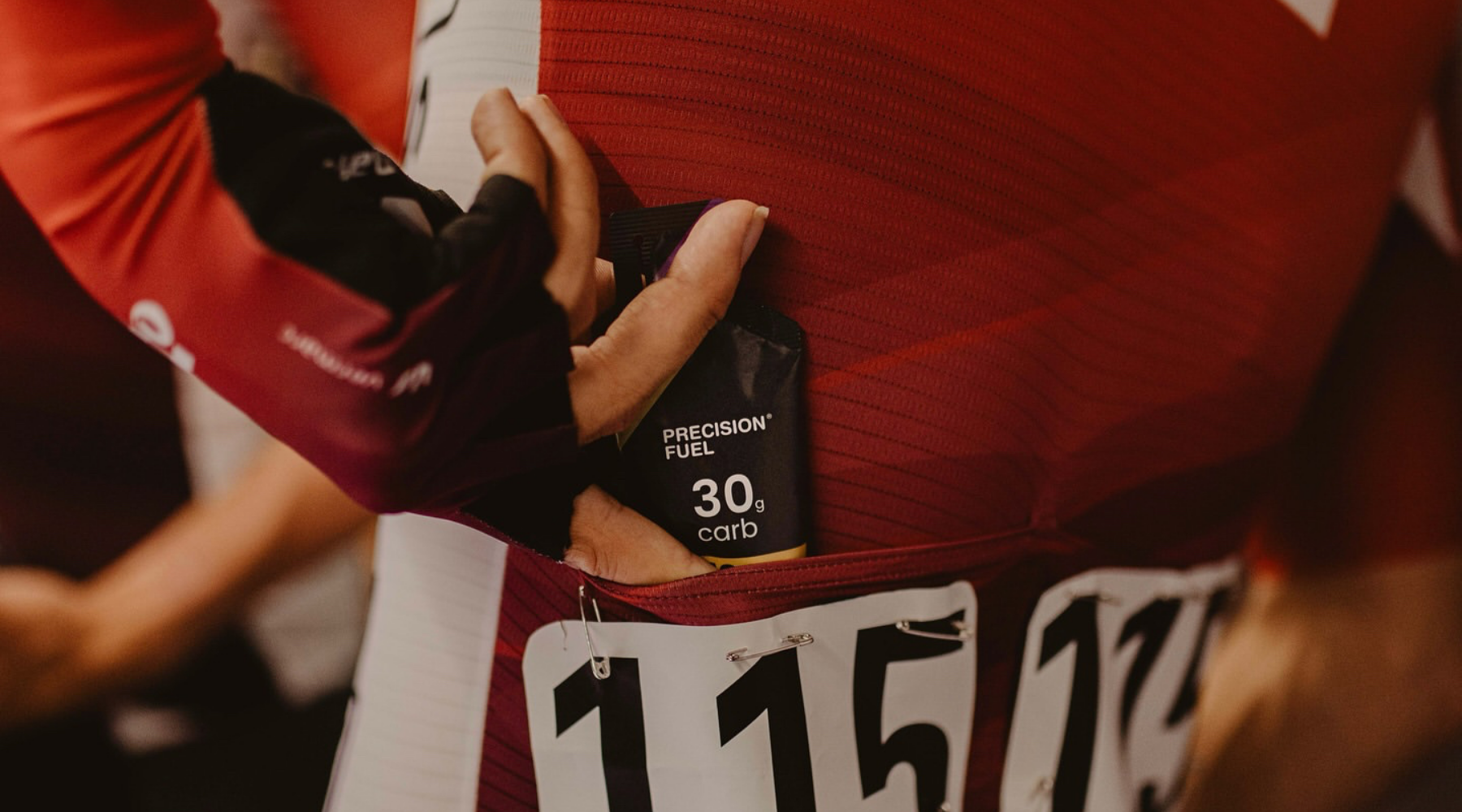
Gut Training in 3 Weeks: Improve Carbohydrate Tolerance Before Race Day
Trained hard, recovering well but forgotten your gut training?
Yes, 3 weeks is just about enough time to make meaningful improvements in your ability to absorb and tolerate carbohydrates—if you follow a structured gut training strategy. While a full 8–12 week protocol provides deeper adaptations, current endurance sports nutrition research confirms you can still boost fuelling efficiency in a shorter window.
Whether you’re racing a marathon, 70.3 triathlon, gravel epic or alpine trail ultra, optimising your gut for high-carb intake (60–90g/hour) can significantly reduce GI distress and enhance performance.
What You Can Achieve in Just 3 Weeks
By consistently training your gut, athletes can expect:
-
Faster gastric emptying (less food/fluid sloshing in your stomach)
-
Improved carbohydrate absorption, especially with 2:1 glucose:fructose blends
-
Reduced gastrointestinal (GI) issues when fuelling at race intensity
-
Higher sustainable carb intake for long-duration efforts (60–90+ g/hr)
Your 5-Point Gut Training Plan
1. Simulate Race Fueling in Training
-
Include 2–3 gut training sessions per week.
-
Begin at ~60g/hr, increasing to 75–90–120g/hr as tolerated.
-
Focus on your longest or hardest weekly sessions—these mimic race-day stress best.
2. Use 2:1 Glucose:Fructose Blends
-
Carbohydrates in this format can be absorbed via multiple transporters (SGLT1 for glucose, GLUT5 for fructose), allowing higher carb intake with less GI stress.
3. Include Fluids and Sodium
-
Combine carbs with 200–500mg sodium + 500–750ml fluid per hour.
-
This supports hydration, optimises absorption, and helps maintain electrolyte balance during sweat loss.
4. Apply Progressive Overload
-
Like any training, build up gradually:
-
Week 1: 60g/hr
-
Week 2: 75g/hr
-
Week 3: 90g+ hr if race demands it
-
-
Your gut adapts over time, just like your muscles.
5. Train Low Occasionally, Fuel High Often
-
Low-carb training has its place, especially for metabolic efficiency.
-
But to improve carbohydrate tolerance, your gut must be regularly exposed to high-carb fuelling loads.
Science-Backed, Athlete-Tested
Studies led by world-renowned sports nutrition expert Dr. Asker Jeukendrup show that gut training improves carb oxidation, reduces GI symptoms, and enhances endurance performance. Improvements have been observed in as little as 2–3 weeks of targeted fuelling.
Final Tip: Stick With Your Race-Day Products
Use the same bars, gels, drinks, and chews you plan to race with in training. Your gut adapts to what it’s repeatedly exposed to—consistency is key.
Look for products that:
-
Offer 30g of carbohydrate per serving
-
Use 2:1 glucose:fructose blend
-
Include 200–500mg sodium
-
Are tested for banned substances (Informed Sport certified)
Optimise Your Gut. Fuel With Confidence. Perform at Your Peak.
You’ve still got time—use it wisely. Start now, follow a structured gut training protocol, and show up on race day with a gut ready to absorb and perform.
